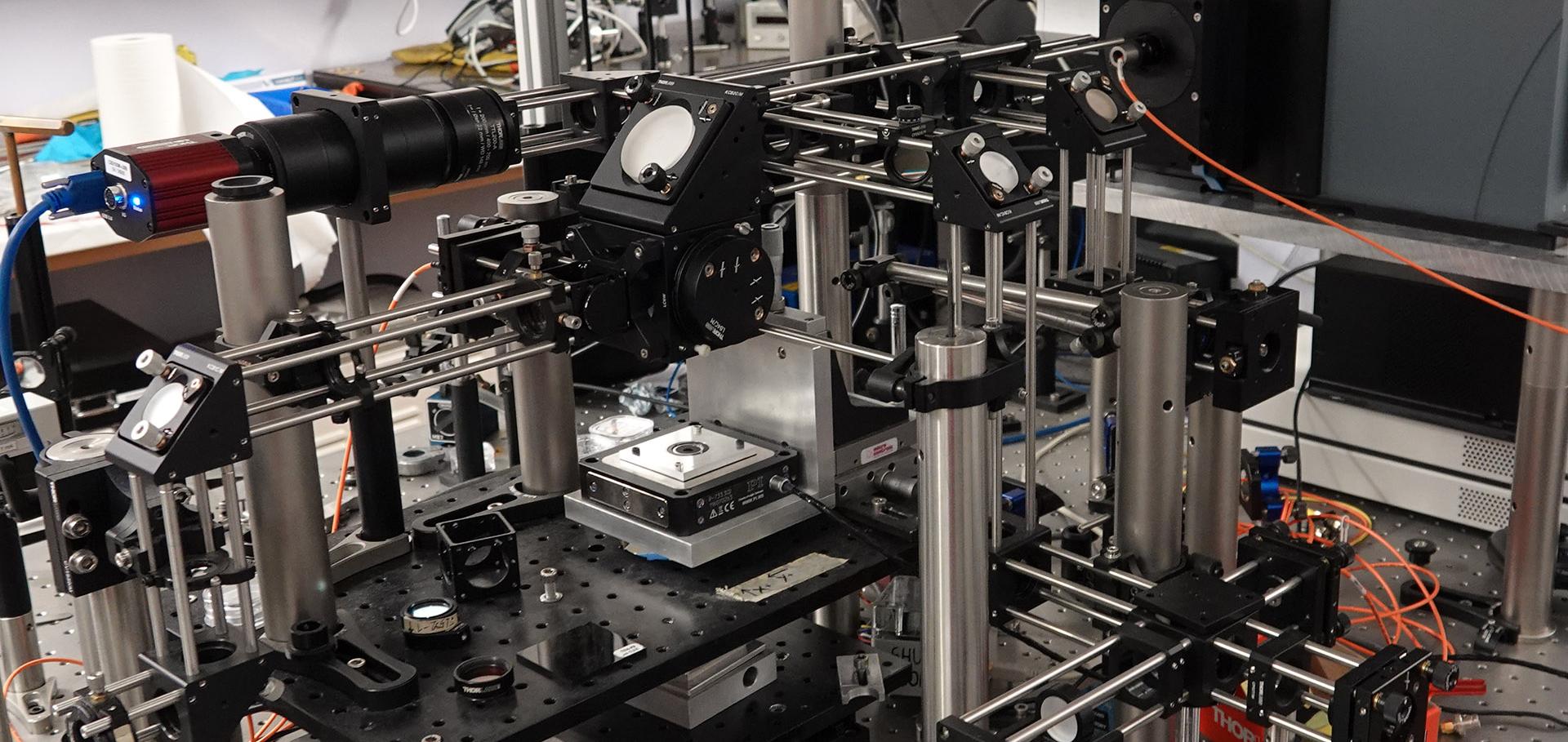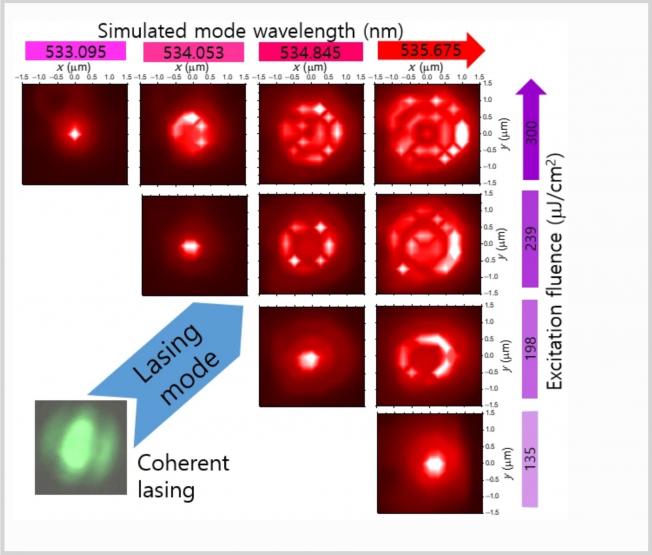Erratum: Corrigendum: Strong coupling between chlorosomes of photosynthetic bacteria and a confined optical cavity mode
Nature Communications Springer Nature 6:1 (2015) 8713
Diffusion-driven continuous-wave-pumped organic dye lasers
Laser and Photonics Reviews Wiley 9:5 (2015) 538-544
Abstract:
We report on the realisation of ultra-small-modevolume tunable dye lasers based on hemispherical open microcavities. The cavity mode volume is of the order of cubic micrometers, such that self-diffusion of the dye molecules allows continuous wave operation over several minutes without the need for driven circulation. Such micro lasers could be integrated into lab-on-a-chip devices. A rate-equation model that incorporates the diffusion mechanism is used to predict the effect of the microcavity parameters on the lasing threshold.Diffusion-driven continuous-wave-pumped organic dye lasers
Laser and Photonics Reviews 9:5 (2015) 538-544
Abstract:
We report on the realisation of ultra-small-mode-volume tunable dye lasers based on hemispherical open microcavities. The cavity mode volume is of the order of cubic micrometers, such that self-diffusion of the dye molecules allows continuous wave operation over several minutes without the need for driven circulation. Such micro lasers could be integrated into lab-on-a-chip devices. A rate-equation model that incorporates the diffusion mechanism is used to predict the effect of the microcavity parameters on the lasing threshold.Surface-Effect-Induced Optical Bandgap Shrinkage in GaN Nanotubes
Nano Letters American Chemical Society (ACS) 15:7 (2015) 4472-4476
Non-polar InGaN quantum dot emission with crystal-axis oriented linear polarization
Applied Physics Letters AIP Publishing 106:17 (2015) 171108



